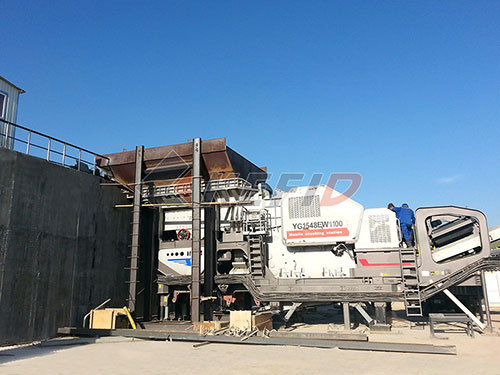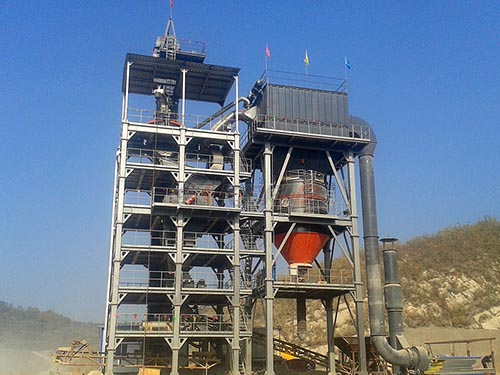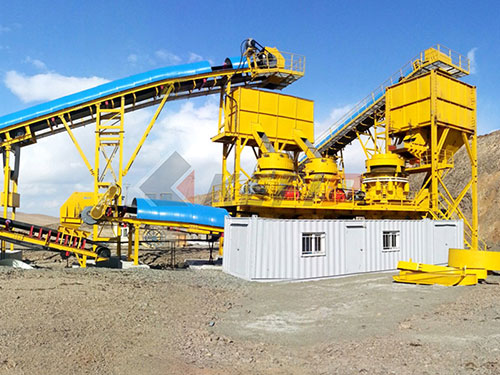The Ultimate Guide to Calculating Tons of Crushed Concrete per Cubic Yard
“How many tons are in a cubic yard of crushed concrete?” This seemingly simple question is fundamental to the success of countless construction, demolition, recycling, and landscaping projects. Yet, providing a single, universal answer is impossible without critical context. Understanding the variables at play and mastering the calculation process is essential for accurate material estimation, cost control, logistical planning, and structural integrity.
Why Precision Matters: Beyond a Simple Number

Underestimating or overestimating the weight-to-volume relationship of crushed concrete can have cascading effects:
1. Budget Overruns: Inaccurate tonnage estimates lead to incorrect material orders – too little causes costly delays and rush fees; too much wastes money on unused material and disposal.
2. Logistical Nightmares: Choosing the wrong truck size (e.g., a 10-wheeler vs. a semi-trailer) or underestimating the number of loads disrupts schedules and increases hauling costs significantly.
3. Structural Compromise: Incorrect weight assumptions for fill or sub-base can lead to insufficient compaction or unexpected settlement, jeopardizing pavement or foundation performance.
4. Recycling Efficiency: Recyclers need precise yield calculations (tons of crushed product per ton of incoming debris) for operational planning and profitability analysis.
The Core Challenge: Density is NOT Constant
The fundamental reason there’s no single magic number is density variation. Crushed concrete isn’t a homogenous substance like water; its weight per unit volume fluctuates significantly based on several intrinsic factors:
1. Source Concrete Composition:
Original Aggregate Type & Density: Was the source concrete made with lightweight slag aggregate (lower density) or dense trap rock (higher density)? Granite or limestone base aggregates yield heavier crushed concrete than sandstone or volcanic rock.

Original Mix Design: The ratio of cement paste to aggregate influences fragment density. Higher paste content generally means slightly lower overall density for the crushed product.
Reinforcement Content: While steel rebar is typically removed during processing, small fragments or wire mesh can slightly increase bulk density if present in significant quantities within the crushable fraction.
2. Crushing Process & Gradation (Particle Size Distribution):
Crusher Type & Settings: Jaw crushers produce more elongated particles; impact crushers create more cubical fragments. Cubical particles pack denser than angular or flaky

Leave a Reply